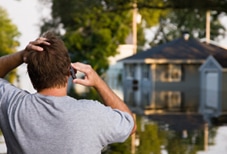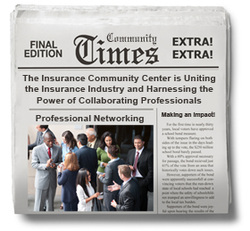|
Premiums are soaring due to climate risks, which helps to sideline buyers who may have intended to invest in property mitigation measures. That’s a loss for the entire housing market.
Rising home insurance premiums are making it increasingly difficult to achieve homeownership in America, experts said Thursday at an affordable housing symposium in Washington, D.C., hosted by the National Housing Conference. “Premiums are increasing faster than property values,” said Michael Butchko, vice president of business intelligence at Neighborworks America. He pointed to research from Policygenius(link is external), an online insurance marketplace, showing that home insurance premiums nationwide increased an average of 21% year over year in May—translating to an annual hike of $244. In some areas, premiums spiked 50%, according to Policygenius. These escalating insurance costs are forcing some would-be home buyers out of the market and some homeowners to sell. Major insurance providers are canceling policies and pulling out of areas of the country prone to natural disaster, further leaving homeowners in a bind. Some owners are “going naked,” paying off their mortgage early to avoid the homeowner’s insurance requirement by their lender. The rising cost of insurance is an affordable housing issue,” said Thom Amdur, senior vice president of policy and impact at investment firm Lincoln Avenue Communities, adding that frequent and intensifying climate events, surging construction costs, inflation, and declining competition in the insurance marketplace are putting upward pressure on premiums. The hikes aren’t just hurting homeowners but also developers, which could lead to fewer affordable housing projects, he said. Measuring Future Risk to PropertyTechnology and data can point to the areas at greatest risk of wildfires, hurricanes, wind damage, storm surge, earthquakes, flooding and snowstorms, said Peter Carroll, head of public policy at CoreLogic. Data models also can project 15 to 30 years out, using different climate change scenarios. “Technology can provide powerful measurements of possible underinsured losses for any property,” Carroll said. But, he cautioned, “risk profiles could shift in 15 or 30 years from now, and we could fundamentally see different risk profiles on properties. So, we can’t just look and price out properties based on the risks today. We need to look into the future so that we know where the puck is heading. People who think they don’t need insurance today may need it later on.” Starting next year, Lincoln Avenue Communities will cull data to build out a scorecard for each of its projects, factoring in climate and other risks. “Then we can design mitigation upfront to address any concerns,” Amdur said. He emphasized the importance of “de-risking” real estate portfolios and showing insurers the mitigation steps taken—which may help lower insurance premiums. Consumers also want data to gauge climate risks, with recent surveys indicating an increased concern among the public about how climate events impact housing. Still, that hasn’t changed where home buyers choose to live, said Nicole Bachaud, a senior economist at Zillow. Affordability challenges continue to drive buyers to high-risk areas, where home prices tend to be more moderate. But financial constraints may prevent buyers from retrofitting their property to mitigate climate risks. “Data transparency is huge and giving people access to this type of information to know the risks,” Bachaud said. “But we also need to follow up with what you can do. Consumers need to understand that this will continue to harm housing markets and affordability. We really need to have a mindset shift. That will be a game-changer to see more resilient housing choices in the future.” Preparing the Housing StockPanelists shared a range of ideas to solve the insurance conundrum, including mandatory flood insurance to shore up capital reserves and government backstops to increase the supply of insurance. They also spoke about greater funding and tax credits or other incentives to make communities more resilient to climate change. While their ideas varied, panelists agreed that strengthening the nation’s housing stock against climate events can help drive down insurance costs over the long-term. Stronger building codes are correlated with lower mortgage delinquencies following a disaster, CoreLogic data shows. “We need to start thinking about incentives or building codes that have a more adaptive response to climate risks so we have the right mitigation techniques in place,” Carroll said. “We need to consider the retrofits that can be made to ensure a home is more resilient to future events. We also need innovative financing that makes it easier and affordable for low- to moderate-income families to do resiliency retrofits to their homes.” Amdur said that doesn’t necessarily mean shying away from high-risk areas; preserving the housing stock is still important. “It’s not impossible to build resiliency into areas with higher risk,” he said. His company still takes on projects in coastal areas: “We just need to know the risks upfront and then build it in.” That could mean new design standards, such as removing mechanical systems from the ground floor, installing flood barriers and following updated landscaping guidelines to decrease wildfire risks. Bachaud said climate risk should be weighed more heavily in future developments. “We should be using climate as a lens of where we focus new communities,” she said. “Places that have less risk—climate havens—will become more popular as people are forced to flee places that have been damaged or where they can no longer afford to pay for the insurance on their homes. We need to be strategic in how we approach the future of housing supply and address ways to mitigate climate risks.”
0 Comments
Car thefts and break-ins are nowhere near as common as they were in the early 1990s or 2000s, but they do still happen sometimes. Having your window smashed or your car stolen isn’t just an inconvenience; it can also be expensive to repair or replace.
So, what can you do to protect your vehicle from a break-in? Read this for eight ways you could protect your car, its parts and your belongings.
.
Keeping your vehicle in good condition is essential to your safety. Plus, a well-maintained car can help you save money in the long run. That’s why it’s important to get regular service for your vehicle, such as inspections, oil changes and tire rotations. But you should also know the signs that something may be wrong — when it’s time for a professional to look at your car for anything beyond regular maintenance.
Reach out if you have any questions about car care or your auto policy. “Act of God” is a commonly used insurance term, but you may not know exactly what it means. When it comes to weather and other unpreventable events, it’s important to understand acts of God so you can protect your property by making sure you have the right insurance coverage.
Keep reading to learn what an act of God is, the types of events that qualify and how it all factors into home and auto insurance policies. What does “act of God” mean? Simply put, an act of God (in property and car insurance policy terms) refers to events, such as extreme weather, that are out of your control. If it’s something you can’t prevent, it’s likely an act of God. What types of events qualify as an act of God? Examples of acts of God include windstorms, lightning strikes, hail storms, wildfires, hurricanes, tornadoes, floods and earthquakes. However, not every act of God is included in a standard insurance policy. You may need additional coverage. Does auto insurance cover acts of God? Car insurance will cover acts of God if you sign up for comprehensive coverage. This type of auto insurance covers natural disasters as well as other types of damage not caused by a collision. For example, if your car is vandalized or an animal runs out in front of you, comprehensive coverage can help you pay for repairs or a total loss. What about home insurance? A standard homeowners policy usually covers some acts of God. Flooding and earthquakes are two common exceptions. If you live in a flood zone or an area prone to earthquakes, you’ll need separate coverage for those natural disasters. Is an act of God the same as a force majeure? The two terms are similar; however, the term force majeure is more commonly used in business and construction contracts. It refers to unforeseeable circumstances that prevent a contract from being fulfilled. Have questions about your insurance coverage for acts of God? Just reach out, and we’ll be happy to help. High-tech cars are here to stay. Car safety technology is evolving quickly, bringing scores of often unpronounceable abbreviations for new systems that promise to keep us safer. Can a car read a street sign? Can the family wagon's safety systems react to a sudden traffic change faster than a seasoned driver? Automakers say yes.
We're all familiar with established safety systems like Anti-Lock Braking Systems (ABS) and Traction Control. ABS dates back to the late 1920's when it was first developed for aircraft, although it wasn't until 50 years later that this now nearly ubiquitous technology reached the highway. Technology is advancing faster now than ever before, bringing inventive new safety systems to your dashboard and automobile chassis. Let's take a look under the hood of today's high tech cars to see what some of the most intriguing new technologies offer and how they can make your commute safer and less stressful.
Increased safety is the goal many of the advanced systems in cars now – and of those planned for the future. But the enhanced vehicle safety can pay dividends in other ways by helping to reduce accidents, sparing costly deductibles, while also keeping your driving record pristine. The safety features of today's high-tech cars are as exciting as they are practical, and automakers are continually innovating to meet consumer demand. When it's time to shop for a new car, ask about its ADAS features, for safety's sake If your teenager has just gotten a driver's license, it may be hard to imagine handing over the keys to your brand new car, but that may be the smartest vehicle to choose.
However, the Insurance Institute for Highway Safety (IIHS) and the Insurance Information Institute (I.I.I.) say there is something worried parents can do to protect their teens — choose a safe vehicle.
Your car is made up of a number of different parts, and like any well-oiled machine, every part needs to be in tip-top shape to run smoothly. If one part starts to fail, it could affect how the whole car runs. There are a number of things you should do to help keep your car maintained, but do you know why performing certain regular maintenance checks on your car is important? From monitoring fluid levels to testing brakes, understanding your car’s needs can help you identify potential issues.
Monitor Car Fluid Levels Cars rely on a number of fluids to help keep them running properly. While you may turn to your mechanic during routine maintenance visits, it’s a good idea to perform your own checks in between car inspections. Here’s a roundup of some car fluids to keep an eye on in case they run low, or else they could result in your vehicle not functioning properly.
Check Your Tire Pressure and Alignment If you ever expect to make it from Point A to Point B, you can’t over- or underestimate the amount of air your tires need. Tire pressure that is too high or too low could affect your car’s cornering, braking and stability. When you have high tire pressure, less of the tire touches the ground, affecting your car’s traction and stopping distance. Low tire pressure means more of the tire touches the road; the tires could wear out more quickly and the risk of your tires overheating could increase due to friction against the ground. Check your owner’s manual to determine the recommended tire pressure for your car. It is also important to check your tire alignment to ensure your vehicle’s suspension is performing properly. Bad tire alignment can cause your car to veer toward one direction or even result in vibrations while driving. If you notice your car has uneven tread wear, your vehicle pulls to one side over another, your straightened steering wheel appears off center or you experience vibration through your steering wheel, you should take your car to a service technician. Perform Routine Brake Checks Depending on where your morning commute takes you, driving in areas that feature more stop lights and stop signs could mean you are stepping on the brakes more often than if you normally take the highway. Your brakes are a hydraulic system made up of a set of pads that squeeze together when prompted, and run on brake fluid. If the pads wear too thin, it makes it harder to slow or stop. Your car likely has a service light that would turn on when it’s time to check your brakes, but don’t just rely on that technology; if you see any leaking fluids, notice how thick or thin your pads have become or hear a grinding sound, it may be time to replace your brakes. As a car owner, it is your responsibility to regularly maintain your car like you would any other type of property you own. If you ignore your car, it could put your safety at risk. We take it for granted, the automatic way we take the wheel and set out to drive from Point A to Point B expecting to have a smooth, uneventful ride. Since the introduction of the automobile, driving has been a convenience that has transformed our lives. But driving comes with no guarantees of avoiding mishaps, and unseen, unpredictable safety challenges can occur.
Fortunately, in the many decades in which driving has become a given, a number of innovative technologies have been introduced to help make driving a safer experience every time. It may not exactly be artificial intelligence, but some technologies are able to react to specific situations. Other technologies are like an extra set of eyes to help alert you to potential dangers, and help you to react in time to avoid harm to yourself, your vehicle or those around you as you drive. Here’s a roundup of some of the technologies available to bolster your driving experience. Reactive and Responsive Features Adaptive cruise control is the next-generation version of this technology that allows drivers to select and maintain a constant speed without using the accelerator. Adaptive cruise control systems can sense vehicles ahead and adjust your speed to keep a safe following distance. Some (but not all!) systems also incorporate emergency braking to help slow your vehicle to avoid a collision. Another responsive technology that’s come along are adaptive headlights. Designed to help illuminate the road ahead during turns, adaptive headlights can help improve nighttime visibility on curved roads. As you turn, the lights adjust to illuminate the roadway ahead. The Anti-Lock Braking System (ABS) has been around for years, to the point that many drivers may not realize this feature is a built-in safety requirement to keep their brakes from locking up when they stop. Even though ABS may not always help you stop more quickly, it can help you maintain control of your vehicle when you stop by preventing your wheels from skidding. The Ease of Automation There are some things that technology simply does better than our human limitations allow us to do ourselves. Take, for example, automatic lights. You’re driving into a tunnel. Before you have to flip a switch, the automatic light system in your car turns on your headlights to guide you through the temporary darkness. Once you emerge from the tunnel, the system turns off the lights, eliminating your need for reactive or proactive thinking and helping to keep your focus on your driving. Likewise, the skillfulness required to park your car can be left to the car itself, thanks to automatic parking systems. Once you have placed your vehicle in a position where the automatic parking system can take over, multiple sensors detect obstacles and calculate steering angles while guiding your vehicle into a parking spot. When You Don’t Have That 360-Degree View Obstacle avoidance can be challenging from the driver’s seat, and innovators have taken that challenge seriously with technologies that help. Is there an object behind you? Backup alarms can alert you to it, and backup cameras can help you to see behind your vehicle in spots that otherwise might not be seen. Likewise, blind spot monitoring technology can give you a heads up when another car is in your blind spot. Sensors around your vehicle give you a warning when another car is detected. Depending on the vehicle, warnings can be visual, audible or tactile. Maintaining control of your vehicle and being prepared for a possible crash have generated other technological advances – both new and tried-and-true. Among the ones to consider:
Technology has helped to change auto theft in significant ways. Engine immobilizers, audible alarms and vehicle recovery systems have made cars harder to steal and easier to recover. Today’s thefts are often the product of opportunity, with would-be thieves looking for unsuspecting drivers who leave their cars unattended. While motor vehicle theft rates have declined 42% over the past decade,¹ a car is still stolen every 44 seconds in the United States.² Between 40-50% of thefts are due to driver error,³ including doors that are left unlocked or keys that are left in plain sight. In order to help protect your vehicle from a crime of opportunity, you need to take some preliminary steps to slow down any potential thieves. Try to avoid parking in places where a thief will have time to bypass the ignition system. And even if you are running a quick errand, always lock and set the alarm on your car. Be sure to bring inviting items, including your keys, phone, GPS, laptop, and wallet with you, or stow them out of sight. Stow Valuables Before You Park Many thieves watch parking lots looking for people who leave valuables in their cars. Stow valuables out of sight before you park so not to attract the attention of thieves. Park in Plain Sight Always remember to park your car in a safe and visible location. Thieves will act even in broad daylight if they can find cover. Look for well-lit areas and open, unblocked spaces when you park. Do Not Leave Your Vehicle Unattended While Idling Even if you are just making a brief stop, always take your keys with you. Thieves tend to frequent convenience store parking lots and gas stations, where people may leave their cars running and keys in the ignition. During cold weather, it might be tempting to let your vehicle idle to warm up. This makes an inviting target for car thieves. Hide All Electronic Cords Avoid unintentional visual tips for thieves, which include leaving chargers for phones and gadgets as well as holsters for navigational equipment in plain sight. Take Precautions and Make Tracing Your Car Easier When leaving your car, lock all doors, roll up the windows and remove the keys. If you have one, activate the alarm and set the parking brake. Install wheel locks to prevent theft of wheels and tires. Consider an after-market steering wheel/brake lock if you are in a high-crime area. Having your vehicle’s VIN etched on all windows can also help deter thieves. If You Believe Your Car was Stolen:
We never expect to get in a car accident. And even though accidents are common, they feel like a big deal when they happen to us.
It’s natural to experience shock, anger, fear and other emotions in the moment and after the fact. But, preparing in advance can help make a collision more manageable. If you're ever involved in a car accident, taking these six steps can help you better handle the experience. Step 1: Make sure no one is hurt. Call 911 if you, another driver, any passengers or any bystanders need immediate medical attention. Step 2: Keep everyone safe. The accident scene can be a hazard for other drivers. If the collision is minor, move the vehicles to the side of the road or the nearest parking lot. If the accident is major, carefully exit your car and walk to a safe place. Step 3: Call the police. Ideally, law enforcement will come to the scene quickly and take an official report. However, the local police department may not have the resources to respond to a minor accident, in which case you can file a police report yourself later. Step 4: Gather necessary information. Use your phone's camera or a pen and paper to note the other driver's name, address, phone number and insurance information. Record the other vehicle's license plate, vehicle identification number, make and model. Step 5: Document the accident. Take photos, videos and voice recordings to capture vehicle damage, road conditions and any details you remember about the events leading up to the crash. Step 6: File a claim. Get in touch as soon as possible to get your claim started. We can work to get your car repaired or replaced and minimize the disruption to your life. Reach out if you have questions about your accident coverage or anything else. |
better Insurance
|
-
HOME
- Send me a Home Insurance Quote >
- FLOOD Insurance, Massachusetts >
- Cape Cod Home Insurance
- Pay Your Home Insurance Bill Online
- Ordinance or Law Coverage
- How to Prevent a Claim on your Home Insurance Policy
- Videos - Cape Cod Real Estate Tips >
- Cape Cod Massachusetts Arbella Insurance Discounts
- Cape Cod Massachusetts Lloyds of London Home Insurance
- Safety Insurance Discounts for Cape Cod, Massachusetts
- MPIUA - MA Property Insurance Underwriting Association "Fair Plan"
- Cape Cod Massachusetts Home Protection Insurance
- Hurricane Preparedness >
-
AUTO
- Send me an Auto Insurance Quote for Cape Cod, Massachusetts
- BOAT Insurance >
- Cape Cod, MA Dept. of Motor Vehicles
- Cape Cod Massachusetts - Report an Auto Insurance Claim
- Auto Insurance Quote - CAR BUYING TIPS : Auto Insurance for Cape Cod, MA
- InControl Driver Training
- Car Insurance for Cape Cod Massachusetts - Arbella Insurance - Send me an Auto Quote >
- Plymouth Rock - Send me an Auto Quote >
- Encompass Insurance Discounts
- Safety Insurance - Send me an Auto Quote >
- Travelers Insurance Discounts
- Progressive Insurance - Send me an Auto Quote
- LIFE
- OFFICES
- ABOUT US
- Stay Home
- Home Insurance Explained
- Agent Login
- Privacy Policy
- Videos - Cape Cod Real Estate Investing, Taxes & Insurance
- Videos - Cape Cod Coastal Real Estate
- Português
Arthur D. Calfee Insurance Agency, Inc. is a friendly local insurance agency proudly offering Massachusetts, Cape Cod and the Islands. A-Excellent AM Best rating, A+ Excellent by the BBB
Using innovative thinking, cutting-edge tools and expert resources at national and local levels, we deliver the best possible outcome on every policy we manage. Need Home Insurance? Easy, Fast, & Secure Home Insurance. Get Free Quotes 100% Online Now! Available 24/7. Affordable Rates. Cover Your Biggest Investments. Get a homeowners insurance quote, find coverage options. We'll help you understand and customize the right home insurance coverage for you.
Home is where your heart is—along with a healthy chunk of your net worth. Get started today with a free homeowner's quote.
Compare home insurance quotes today and save on protection for your biggest investment. Build a Custom Policy & Make the Switch! Our local underwriting professionals focus exclusively on finding the best home insurance, homeowner's insurance, hazard insurance, investment property insurance, flood insurance, flood zone information, vacation home insurance, second home insurance, auto insurance, collector car insurance, business insurance, general liability insurance, property insurance, professional liability insurance, contractor's liability insurance, worker's comp insurance, key man insurance, whole life insurance, term life insurance, group or personal disability, & long-term care insurance policies to patrons in the following Cape Cod, Massachusetts towns, communities and villages: Barnstable, Bourne, Pocasset, Brewster, Buzzards Bay, Centerville, Chatham, Cotuit, Craigville, Dennis, East Dennis, Eastham, Falmouth, East Falmouth, Hatchville, West Falmouth, North Falmouth, Woods Hole, Harwich, Hyannis, Hyannisport, Martha's Vineyard, Nantucket, Marstons Mills, Mashpee, Orleans, Osterville, Provincetown, Sandwich, Sagamore, Sagamore Beach, Truro, Wellfleet, Yarmouth, and Yarmouthport. Real-Time Pricing. Insurance coverage: Wind Damage, Fire Loss, Water Damage. Protect your home and belongings. Low Rates For Your Best Options to Save Money On Great Coverage! Get a quote today. Home insurance helps protect your house and your family.
Using innovative thinking, cutting-edge tools and expert resources at national and local levels, we deliver the best possible outcome on every policy we manage. Need Home Insurance? Easy, Fast, & Secure Home Insurance. Get Free Quotes 100% Online Now! Available 24/7. Affordable Rates. Cover Your Biggest Investments. Get a homeowners insurance quote, find coverage options. We'll help you understand and customize the right home insurance coverage for you.
Home is where your heart is—along with a healthy chunk of your net worth. Get started today with a free homeowner's quote.
Compare home insurance quotes today and save on protection for your biggest investment. Build a Custom Policy & Make the Switch! Our local underwriting professionals focus exclusively on finding the best home insurance, homeowner's insurance, hazard insurance, investment property insurance, flood insurance, flood zone information, vacation home insurance, second home insurance, auto insurance, collector car insurance, business insurance, general liability insurance, property insurance, professional liability insurance, contractor's liability insurance, worker's comp insurance, key man insurance, whole life insurance, term life insurance, group or personal disability, & long-term care insurance policies to patrons in the following Cape Cod, Massachusetts towns, communities and villages: Barnstable, Bourne, Pocasset, Brewster, Buzzards Bay, Centerville, Chatham, Cotuit, Craigville, Dennis, East Dennis, Eastham, Falmouth, East Falmouth, Hatchville, West Falmouth, North Falmouth, Woods Hole, Harwich, Hyannis, Hyannisport, Martha's Vineyard, Nantucket, Marstons Mills, Mashpee, Orleans, Osterville, Provincetown, Sandwich, Sagamore, Sagamore Beach, Truro, Wellfleet, Yarmouth, and Yarmouthport. Real-Time Pricing. Insurance coverage: Wind Damage, Fire Loss, Water Damage. Protect your home and belongings. Low Rates For Your Best Options to Save Money On Great Coverage! Get a quote today. Home insurance helps protect your house and your family.
Testimonials & Endorsements for the Best Insurance Agent on Cape Cod, MA
PHONE: (800) 479-2601 CUSTOMER SUPPORT & SERVICE
Please note: The above is meant as general information to help you understand the different aspects of insurance. This information is not an insurance policy, does not refer to any specific insurance policy, and does not modify any provisions, limitations, or exclusions expressly stated in any insurance policy. Descriptions of all coverages and other features on this page are necessarily brief; in order to fully understand the coverages and other features of a specific insurance policy, we encourage you to read the applicable policy and/or speak to an insurance representative. Coverages and other features vary between insurers, vary by state, and are not available in all states. Whether an accident or other loss is covered is subject to the terms and conditions of the actual insurance policy or policies involved in the claim. References to average or typical premiums, amounts of losses, deductibles, costs of coverages/repair, etc., are illustrative and may not apply to your situation. We are not responsible for the content of any third-party sites linked from this page.
© 2024 Copyright, Arthur D. Calfee Insurance Agency, Inc.
Calfee Cares.® Privacy Policy
Calfee Cares.® Privacy Policy





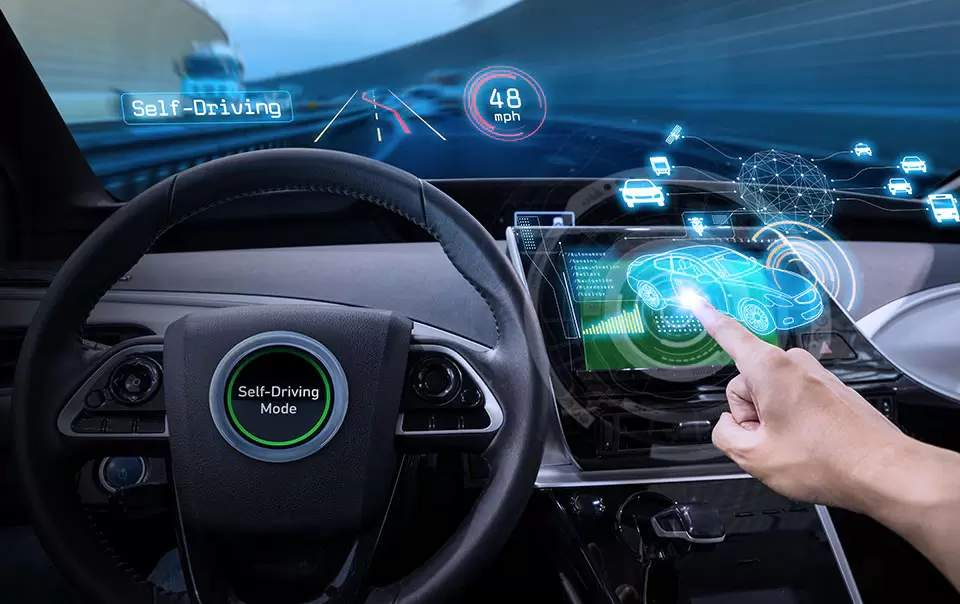
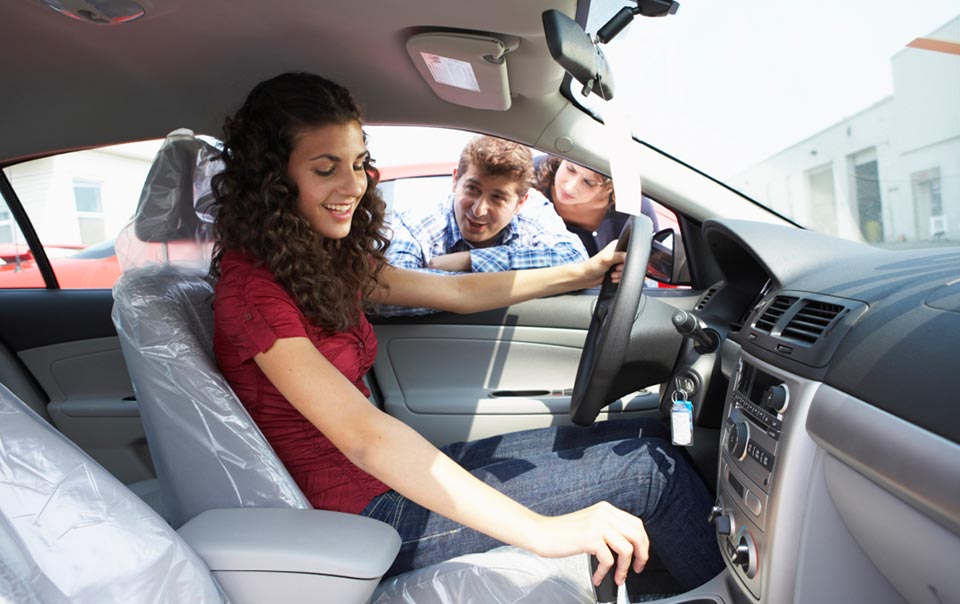
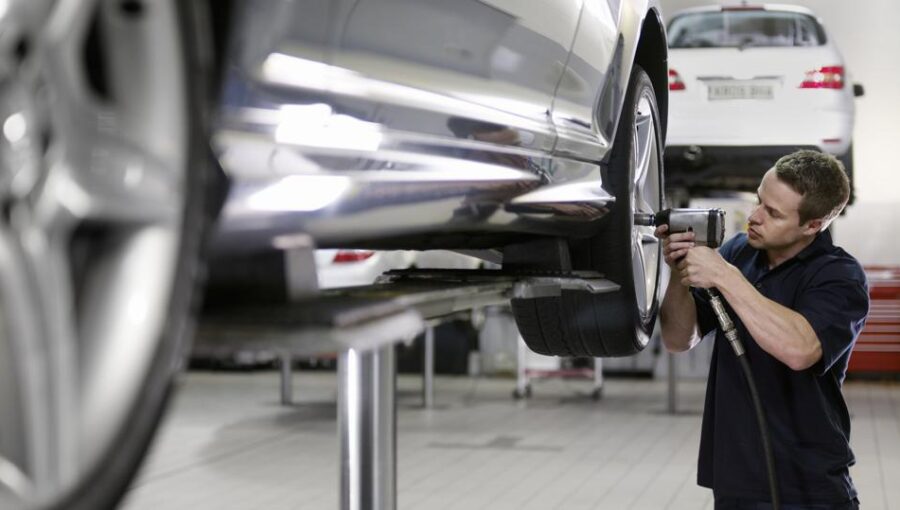
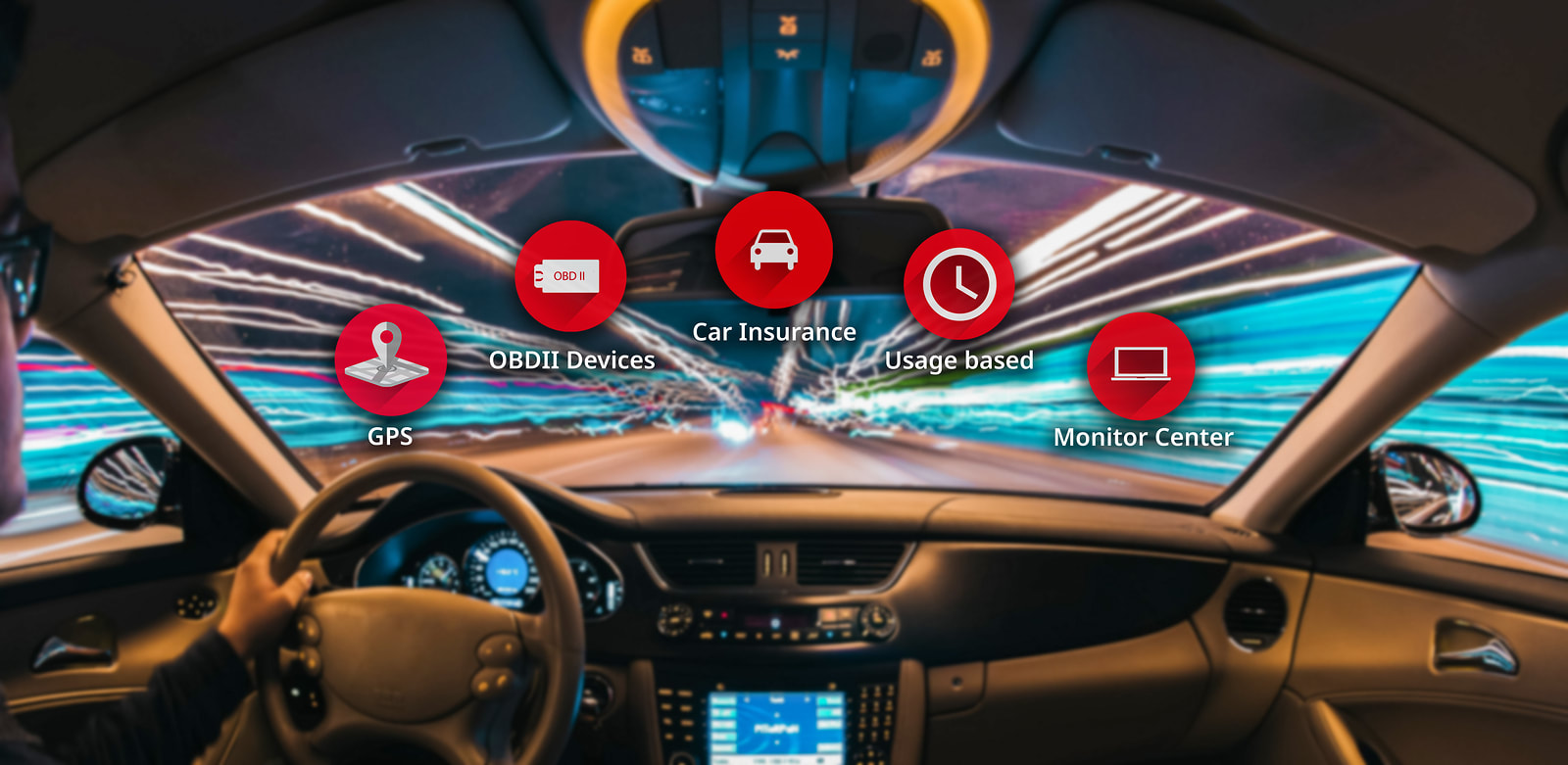
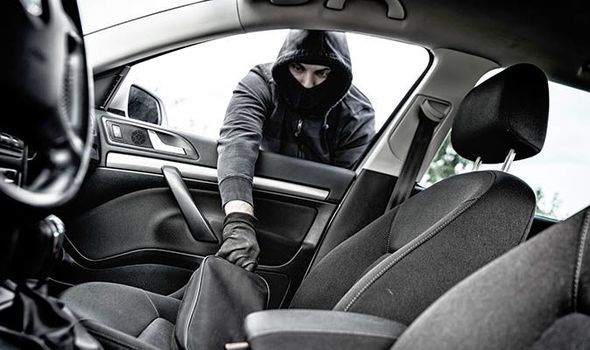
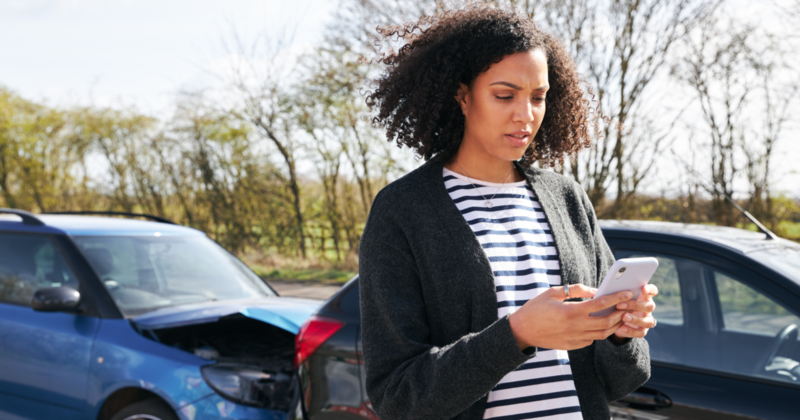

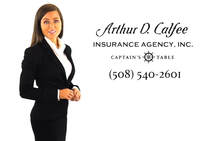



 RSS Feed
RSS Feed





